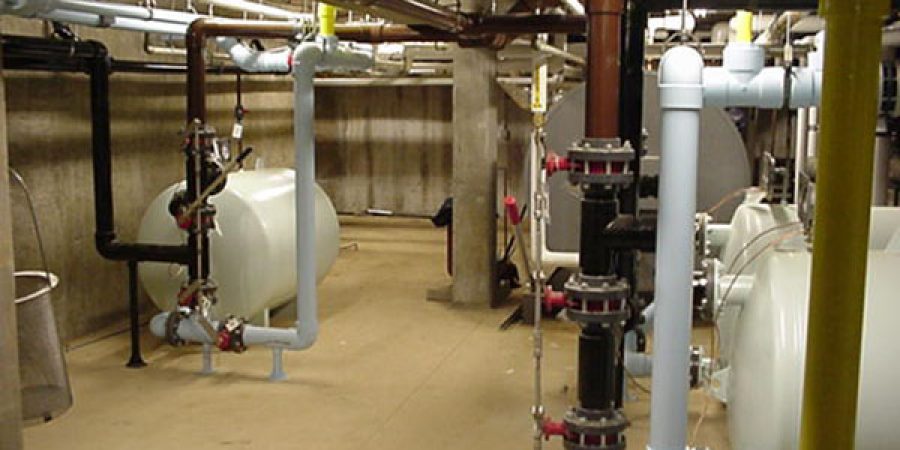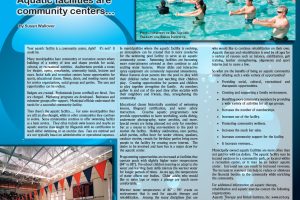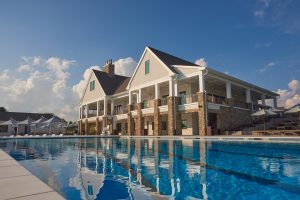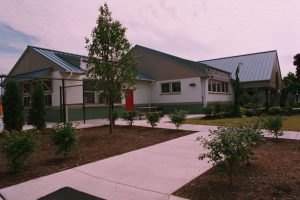As environmental concerns grow and operational costs rise, sustainability has become a key priority in aquatic facility design. Modern aquatic centers are embracing eco-friendly innovations that reduce energy consumption, conserve water, and promote long-term sustainability.
This shift not only benefits the environment but also helps municipalities, schools, and private operators lower costs and improve efficiency. Let’s explore some of the most impactful sustainability strategies in today’s aquatic facility design.
Energy-Efficient Systems for Reduced Carbon Footprint
Aquatic facilities consume large amounts of energy, particularly in heating, ventilation, and dehumidification systems. By implementing energy-efficient solutions, facilities can dramatically cut energy consumption and operational costs.
- ✅ HVAC Optimization – Modern heat recovery ventilation (HRV) systems reduce energy loss while maintaining indoor air quality.
- ✅ Solar Heating Solutions – Facilities are integrating solar thermal panels to assist with pool water heating.
- ✅ LED Lighting – Switching to high-efficiency LED lighting lowers energy usage while improving visibility and safety.
- ✅ Geothermal & Smart Building Controls – Advanced automation and geothermal heating systems enhance efficiency and sustainability.
Water Conservation Through Advanced Filtration & Recycling
Traditional pools waste thousands of gallons of water daily through backwashing and evaporation. Sustainable aquatic centers are addressing this by:
- 💦 Regenerative Media Filtration (RMF) – Uses up to 90% less water compared to sand filtration.
- 💦 Rainwater Harvesting – Collecting and repurposing rainwater for pool refills and landscape irrigation.
- 💦 Low-Evaporation Pool Covers – Reducing water loss while maintaining optimal temperatures.
- 💦 Automated Chemical Dosing – Ensuring precise water treatment to minimize waste and improve efficiency.
Eco-Friendly Building Materials & Sustainable Construction
When designing aquatic facilities, choosing sustainable building materials can have a significant impact on energy efficiency and environmental conservation.
- 🏗 Recycled & Locally Sourced Materials – Reduce the carbon footprint of construction.
- 🏗 Cool Roof & Reflective Surfaces – Help regulate indoor temperatures and lower cooling costs.
- 🏗 Green Landscaping – Native, drought-resistant plants reduce the need for excessive watering.
- 🏗 Sustainable Decking & Flooring – Non-toxic, slip-resistant materials made from recycled content improve safety and longevity.
Building the Future of Sustainable Aquatic Facilities
Sustainability is no longer an option—it’s a necessity for the future of aquatic facility design. At Wallover Architects, we specialize in creating sustainable aquatic environments that prioritize efficiency, conservation, and long-term value.
📞 Call us at 717-295-7754
📧 Email us at ewallover@walloverarchitects.com
Let’s design an eco-friendly aquatic facility that benefits both the environment and your bottom line!




